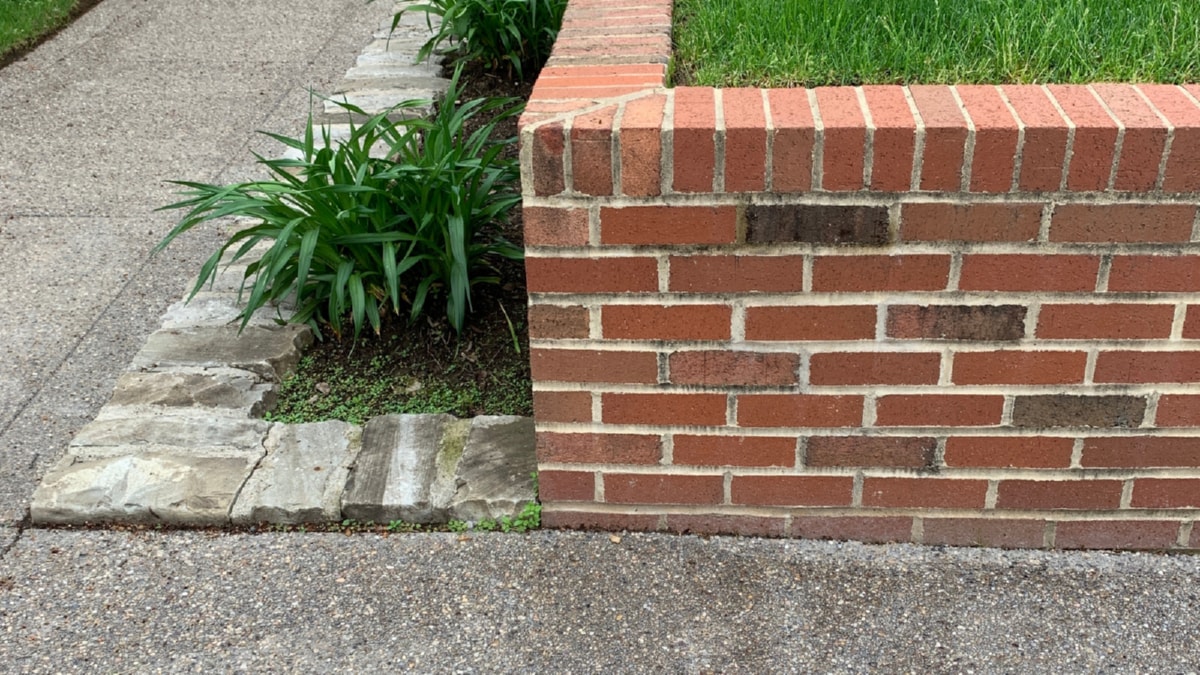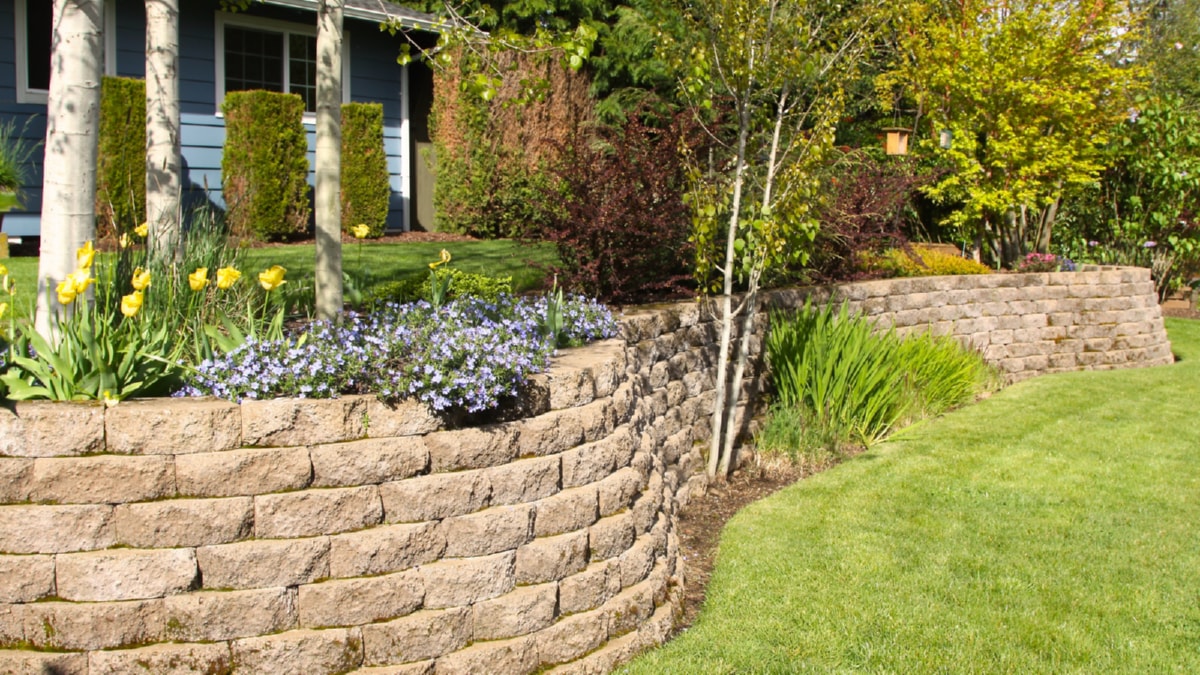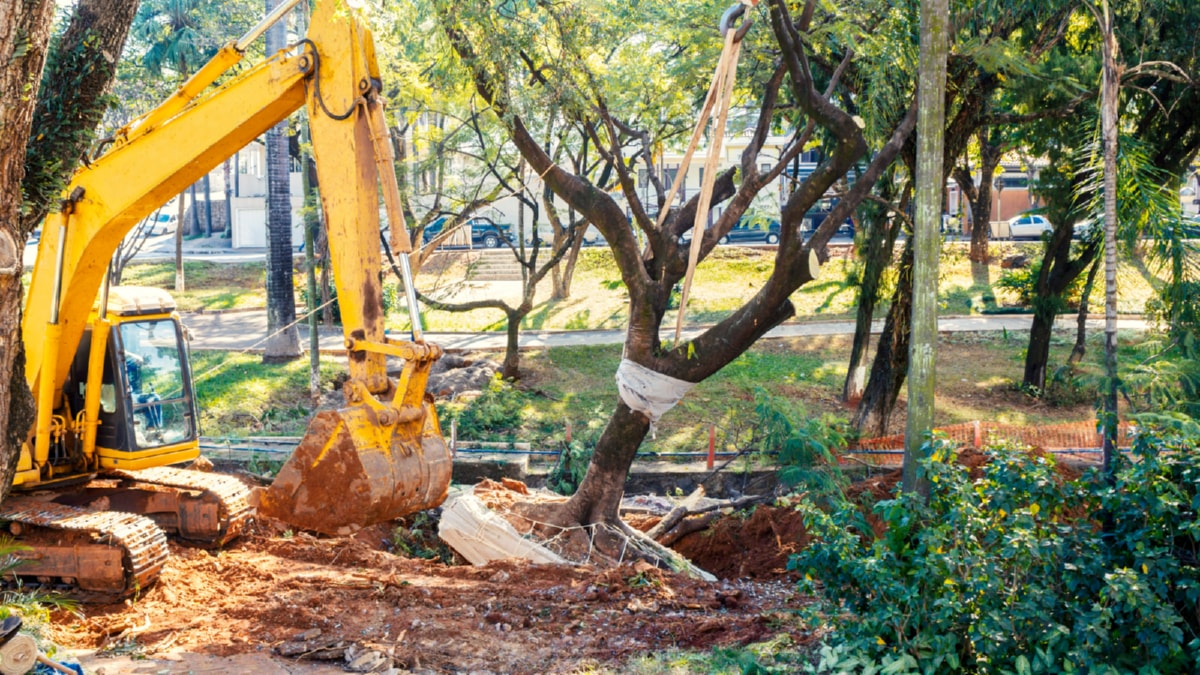As we venture into 2022, it’s essential to keep our eyes on the key changes shaping the construction industry. These transformations have the potential to fundamentally change how we approach both design and construction. Here are six trends we can anticipate.
Firstly, the uninterrupted rise of green and sustainable construction is expected to dominate the sector. With an increasing focus on climate change, companies are adopting green methods and materials. Sustainable energy sources, like solar or wind, are becoming an integral part of new projects. Moreover, builders are using recycled materials and focusing on energy-efficient design and construction.
Secondly, there’s a shift towards digitalization and technology integration in the architecture sector. Technological advancements such as drones are becoming more commonplace, enhancing efficiency and precision in construction processes. Artificial intelligence is also playing a crucial role in project management and risk assessment.
Thirdly, prefabricated and modular construction is gaining traction. This change involves constructing sections of a building off-site and then assembling them on-site. This method not only accelerates the construction process but also reduces waste, costs, and can lead to more consistent quality.
The fourth change is the increased emphasis on health and safety. In light of the COVID-19 pandemic, there is a greater focus on creating environments that are safer for both construction workers and the eventual users of the buildings. This includes implementing social distancing protocols on construction sites, developing designs that facilitate better ventilation and sanitation, and using wearable technology to monitor workers’ health.
Fifthly, the rise of smart buildings is a notable development. A smart building uses Internet of Things (IoT) to control various building operations automatically. This includes heating and cooling systems, lighting, security, and more. These buildings not only provide convenience but also significant energy savings.
Sixthly, the use of advanced materials in construction is on the rise. These include self-healing concrete, transparent aluminum, and kinetic paving. These materials not only offer improved durability and safety but also contribute to the sustainability of the construction industry.
Finally, the seventh change is the incorporation of resilience in design. With the increasing threat of climate change and natural disasters, there is a growing demand for structures that can withstand these challenges. This includes designing buildings to be more resistant to earthquakes, floods, and extreme weather conditions.
In conclusion, the construction industry in the coming year is set to be quite dynamic, with several key trends shaping its progression. These trends highlight the industry’s commitment to sustainability, safety, and innovation, promising an exciting year ahead.
For more details, check best Tarmac Contractors Kildare Galway Limerick Mayo Offaly or visit their Tarmac Contractors Kildare Galway Limerick Mayo Offalybusiness listing here.




